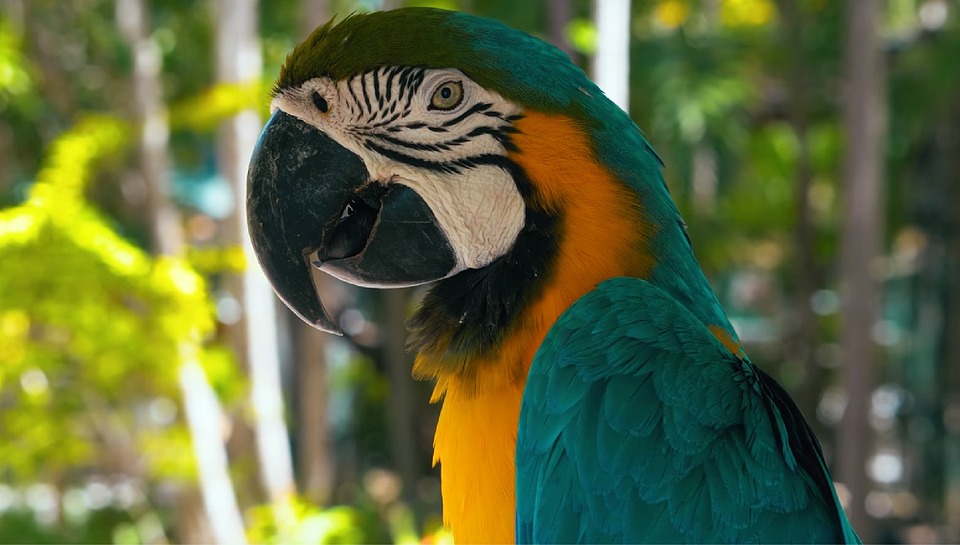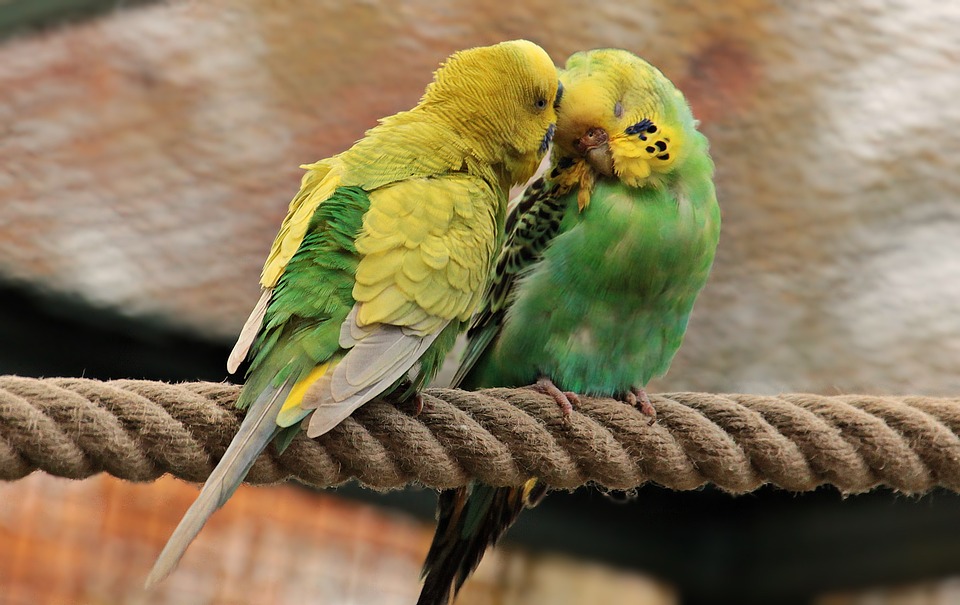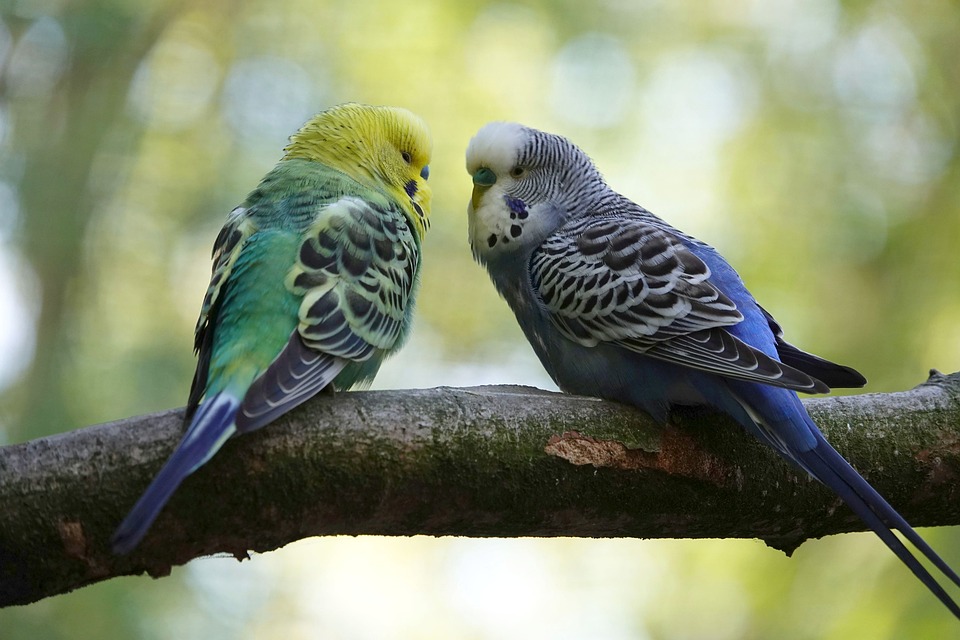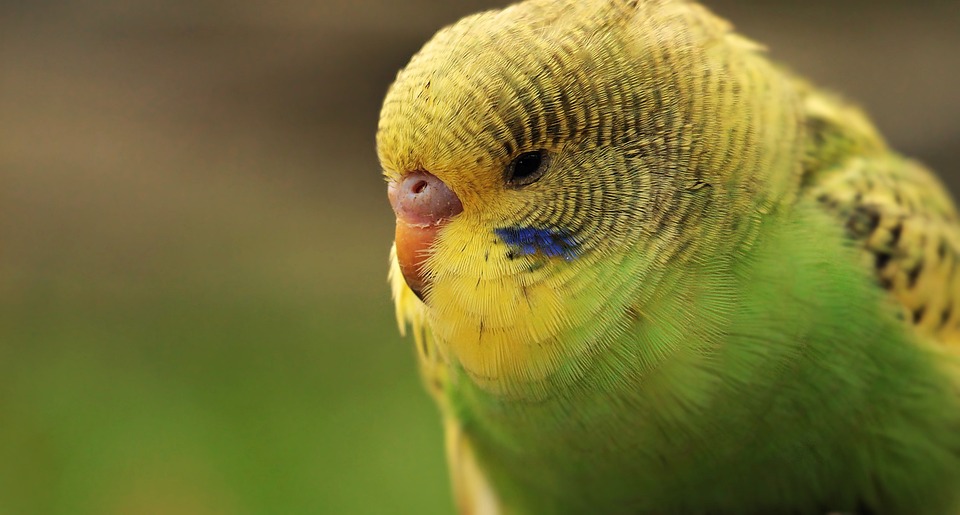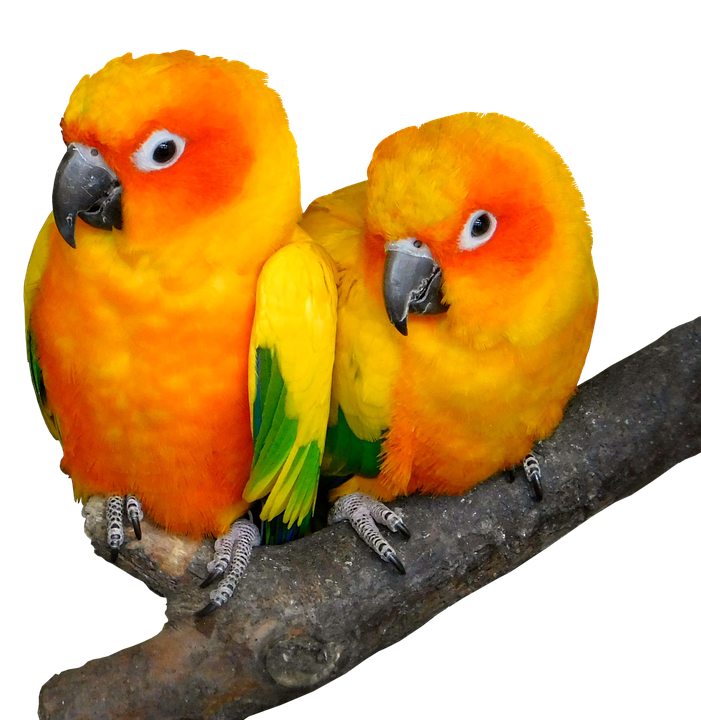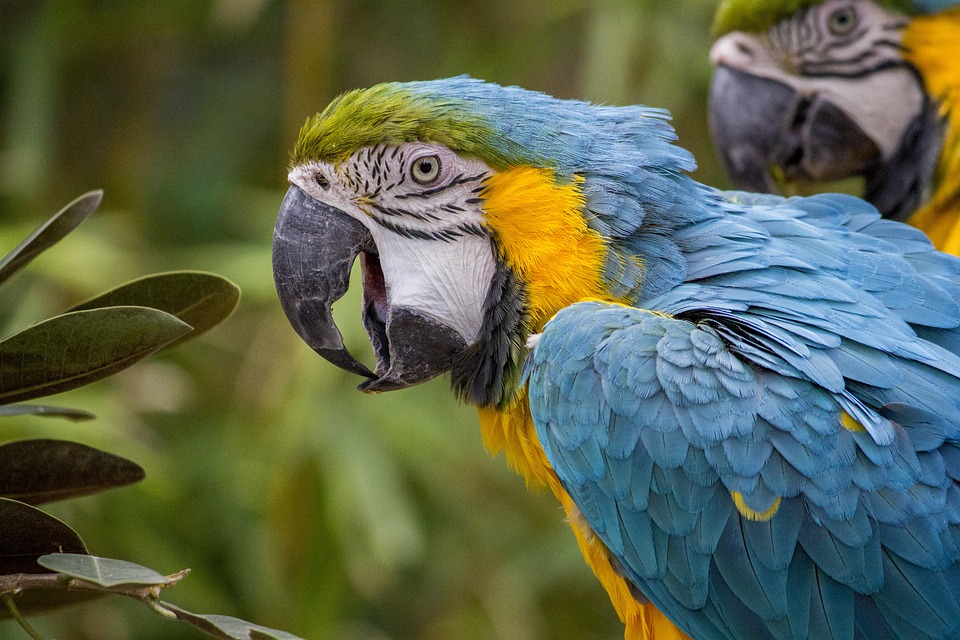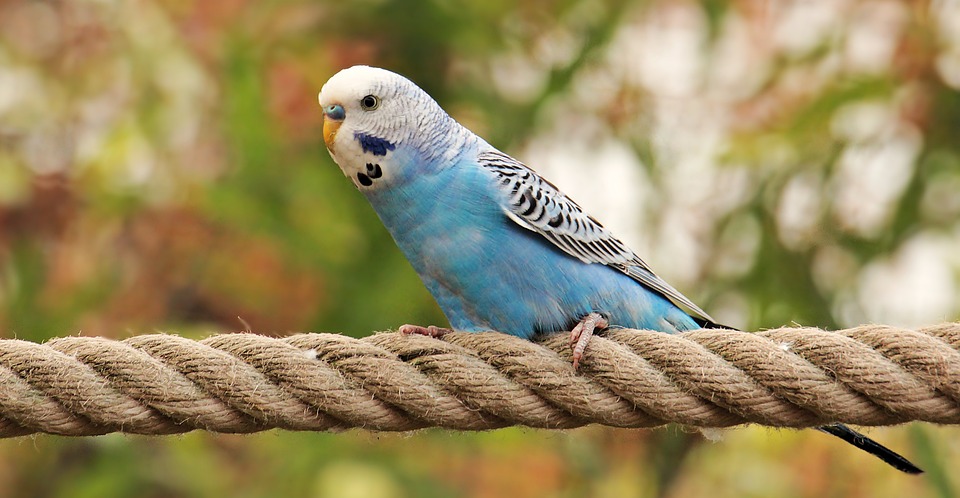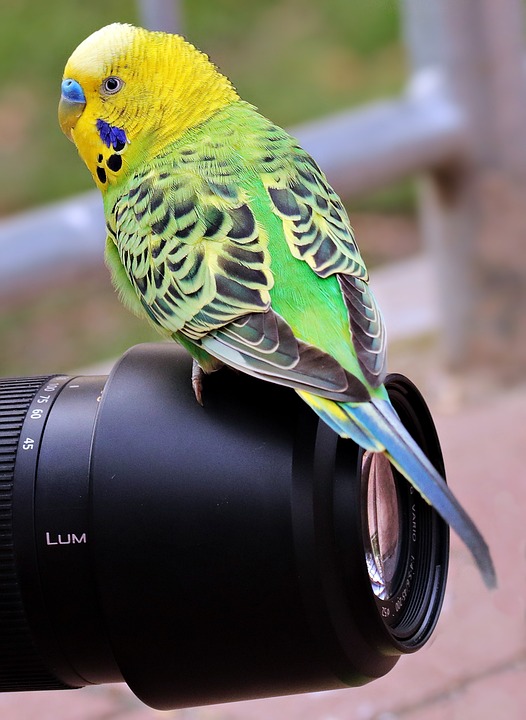Parrots are highly intelligent and social creatures known for their vibrant colors, playful nature, and unique ability to mimic human speech. While they make wonderful companions, it is important for parrot owners to understand their behavior, especially when it comes to exploring outdoor environments. In this article, we will delve into the various aspects of parrot behavior in outdoor settings, including their responses, potential risks, and ways to ensure their safety.
I. The Curiosity of Parrots: Why Outdoor Exploration is Natural for them
Parrots are naturally inquisitive beings, constantly seeking out new experiences and stimuli. This curiosity makes outdoor exploration a natural instinct for them. Being in the outdoors allows parrots to engage their senses, observe their surroundings, and fulfill their need for mental and physical stimulation. Outdoor time also provides them with opportunities for exercise, fresh air, and exposure to natural sunlight, which is beneficial for their overall health and well-being.
II. Communication and Social Behavior in Outdoor Environments
When parrots are outside, they often engage in various vocalizations and calls. These vocalizations serve as a means of communication, allowing them to express their emotions, establish territory, and communicate with other birds. Parrots may also interact with other birds and wildlife, either through observation or by engaging in social interactions. Additionally, outdoor time provides an opportunity for parrots to strengthen their bond with their human companions, as they can engage in activities together and build trust.
III. Potential Risks and Dangers in Outdoor Exploration
While outdoor exploration can be enriching for parrots, there are potential risks and dangers that need to be considered. One of the primary risks is the presence of predators and potential threats in the environment. Parrots are prey animals, and they may attract the attention of predators such as hawks, cats, or dogs. Additionally, exposure to harmful elements such as extreme weather conditions, toxic plants, or harmful insects can pose a risk to their health. There is also a risk of escape and loss if a parrot manages to fly away or becomes disoriented in an unfamiliar environment.
IV. Ensuring Safety: Tips and Precautions for Outdoor Time
To ensure the safety of parrots during outdoor exploration, it is important to provide them with a safe and secure outdoor enclosure. This enclosure should be escape-proof, predator-proof, and equipped with appropriate perches, toys, and shelter. Supervision and monitoring are also essential, as parrots should never be left unattended outdoors. Training and recall commands can be helpful in preventing escape and ensuring that the parrot returns to its owner when called.
V. Common FAQs about Parrot Behavior in Outdoor Settings
1. How can I prevent my parrot from flying away when outdoors?
The best way to prevent a parrot from flying away is to ensure that it is in a secure enclosure or on a harness or leash. Training the parrot to respond to recall commands can also be useful.
2. Are there any special precautions needed for specific parrot species?
Different parrot species may have different requirements and behaviors in outdoor settings. It is important to research and understand the specific needs of your parrot species to ensure their safety and well-being.
3. What signs should I look for to ensure my parrot is enjoying outdoor time?
A parrot that is enjoying outdoor time will exhibit signs of engagement, such as exploring its surroundings, vocalizing happily, and displaying relaxed body language.
4. How can I discourage my parrot from engaging in aggressive behavior towards other birds or animals?
Socializing and desensitizing your parrot to other birds and animals from a young age can help prevent aggressive behavior. Positive reinforcement training can also be used to redirect aggressive behavior and encourage positive interactions.
5. Can outdoor time improve my parrot’s overall well-being and mental stimulation?
Yes, outdoor time can provide mental and physical stimulation, which is essential for a parrot’s overall well-being. It allows them to engage their senses, observe their surroundings, and fulfill their need for exploration and exercise.
Conclusion:
Understanding parrot behavior in outdoor environments is crucial for responsible parrot ownership. By recognizing their natural curiosity, communication patterns, and potential risks, we can provide a safe and enriching outdoor experience for our feathered friends. By following the tips and precautions mentioned, we can ensure that our parrots enjoy their time outside while staying protected from harm. Remember, a well-informed parrot owner is a happy parrot owner!

